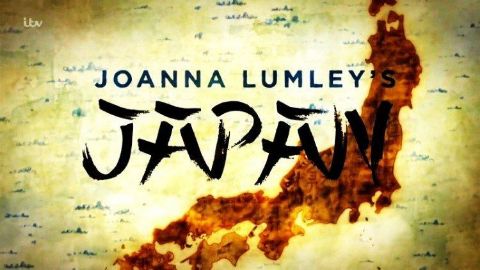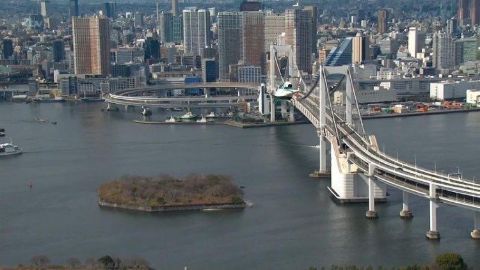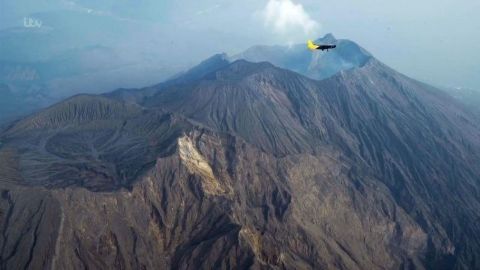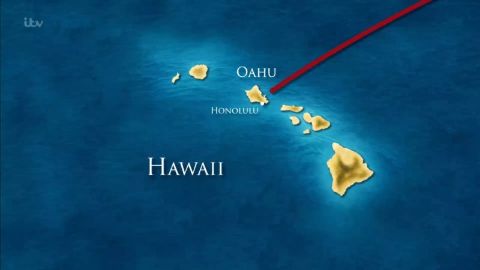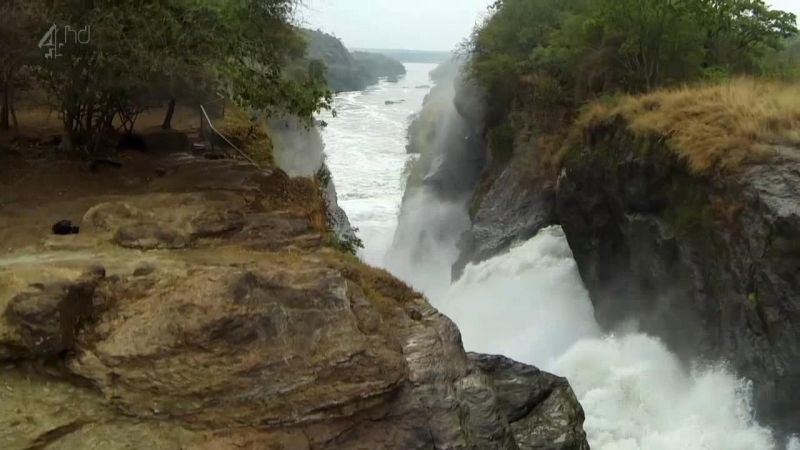Joanna Lumley's Japan • 2016 • 3 episodes •
Joanna begins a 2,000-mile journey across Japan in Hokkaido, where she meets one of the most important animals in Japanese culture, the red-crowned crane. She arrives in Sapporo during the middle of the annual Snow Festival and meets members of the local indigenous community, before travelling into the Fukushima exclusion zone and taking a bullet train from Nagano to Tokyo.
2016 • Travel
The actress flies over Tokyo in a helicopter. The city was bombed extensively during the Second World War, so almost all of it is a symbol of the post-war economic boom that saw Japan become the world's second largest economy. While in the capital, Joanna heads out to a nightclub to see a Japanese girl band and witnesses the largely male audience perform almost as much as the artists on stage. Later, Joanna travels to the Kiso Valley to walk the Nakasendo Way, an ancient route that once linked Tokyo to Kyoto, a place best known for that most famous of Japanese traditions, the Geisha.
2016 • Travel
The actress heads to the island of Shikoku hoping to gain a better understanding of Japanese Buddhism. She then takes a bullet train to another island - Kyushu - where she finds the Henn Na Hotel, the world's first robot hotel. At Nagasaki, she visits Shiroyama Elementary school, one of the only buildings to survive the atomic bomb dropped on the city in 1945. Joanna then travels to Sakurajima, one of the country's most active volcanoes, before heading to the islands of Okinawa where one of the bloodiest battles of the Second World War was fought.
2016 • Travel
